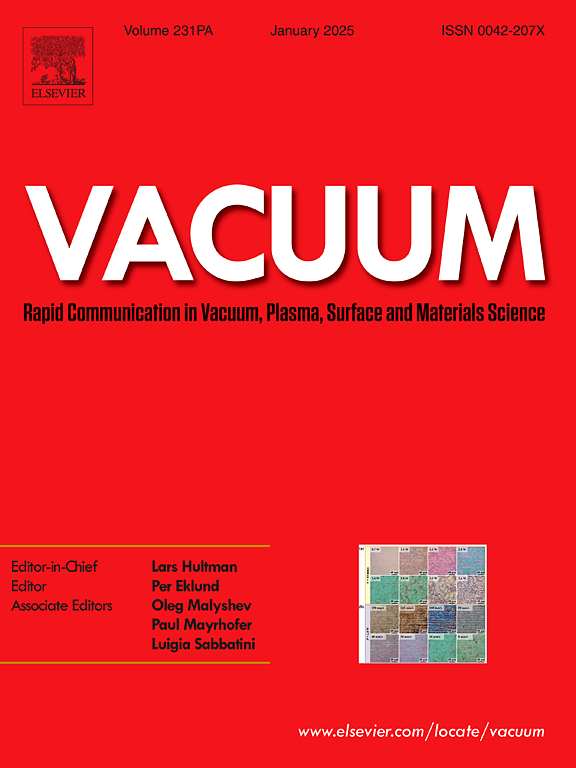航天器高压太阳能电池阵激光感应电弧放电特性实验研究
IF 3.9
2区 材料科学
Q2 MATERIALS SCIENCE, MULTIDISCIPLINARY
引用次数: 0
摘要
随着高能激光技术在空间应用的不断扩大,大面积太阳能电池阵中激光诱发电弧放电的风险已成为人们关注的焦点,对航天器安全构成重大威胁。本研究基于近地轨道等离子体环境下高压太阳能电池阵的充放电现象,结合激光诱导等离子体理论,分析了激光诱导电弧放电的机理。实验测量了不同串间距太阳能电池阵激光诱导电弧放电的功率密度阈值和伏安特性,并利用高速摄像机捕捉了激光诱导电弧放电的形态演化特征。采用快速响应朗缪尔四探针法和比色测温法对放电等离子体进行诊断。得到了激光能量对放电等离子体的影响以及放电过程中的演化特征。该研究可为航天器高压太阳能电池阵的激光诱导电弧放电特性研究和保护设计提供重要参考。本文章由计算机程序翻译,如有差异,请以英文原文为准。
Experimental study on laser-induced arc discharge characteristics of spacecraft high-voltage solar array
With the expanding application of the high-energy laser technology in space, the risk of laser-induced arc discharge in large-area solar arrays has become a significant concern, posing a substantial threat to spacecraft safety. In this study, based on the charging and discharging phenomenon of high-voltage solar array in LEO (Low Earth Orbit) plasma environment, combined with the theory of laser induced plasma, the mechanism of laser induced arc discharge is analyzed. The power density threshold and volt-ampere characteristics of laser-induced arc discharge of solar array with different string spacing are measured experimentally, and the morphological evolution characteristics of laser-induced arc discharge are captured by the high-speed video camera. The rapid response Langmuir four-probe method and colorimetric temperature measurement method are used to diagnose the discharge plasma. The influence of laser energy on the discharge plasma and the evolution characteristics during the discharge process are obtained. This study can provide important reference for the research of laser-induced arc discharge characteristics and protection design of spacecraft high-voltage solar array.
求助全文
通过发布文献求助,成功后即可免费获取论文全文。
去求助
来源期刊

Vacuum
工程技术-材料科学:综合
CiteScore
6.80
自引率
17.50%
发文量
0
审稿时长
34 days
期刊介绍:
Vacuum is an international rapid publications journal with a focus on short communication. All papers are peer-reviewed, with the review process for short communication geared towards very fast turnaround times. The journal also published full research papers, thematic issues and selected papers from leading conferences.
A report in Vacuum should represent a major advance in an area that involves a controlled environment at pressures of one atmosphere or below.
The scope of the journal includes:
1. Vacuum; original developments in vacuum pumping and instrumentation, vacuum measurement, vacuum gas dynamics, gas-surface interactions, surface treatment for UHV applications and low outgassing, vacuum melting, sintering, and vacuum metrology. Technology and solutions for large-scale facilities (e.g., particle accelerators and fusion devices). New instrumentation ( e.g., detectors and electron microscopes).
2. Plasma science; advances in PVD, CVD, plasma-assisted CVD, ion sources, deposition processes and analysis.
3. Surface science; surface engineering, surface chemistry, surface analysis, crystal growth, ion-surface interactions and etching, nanometer-scale processing, surface modification.
4. Materials science; novel functional or structural materials. Metals, ceramics, and polymers. Experiments, simulations, and modelling for understanding structure-property relationships. Thin films and coatings. Nanostructures and ion implantation.
 求助内容:
求助内容: 应助结果提醒方式:
应助结果提醒方式:


